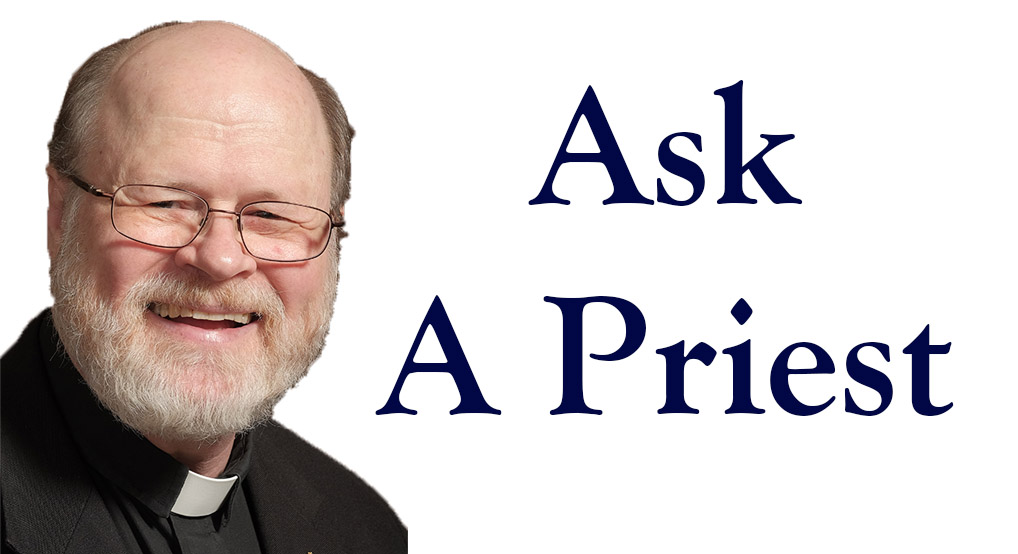Answer from: Father Stephen
Thank you for your question. It is one that comes up often, especially as we come across verses such as the one in Mark 6:3 when Jesus preached in the synagogue in his hometown of Nazareth. The people there were astounded at his wisdom and miracles and asked, “Is not this the carpenter, the son of Mary and brother of James and Joses and Judas and Simon, and are not his sisters here with us?”
Other examples can be found at Matthew 12:46-47 and 13:55-56; Mark 3:31-32; Luke 8:19-20; John 2:12, 7:3, 7:5 and 7:10; Acts 1:14; and 1 Corinthians 9:5. Then there is the reference to “James, the Lord’s brother” in Galatians 1:19. These references make a compelling case for answering your question with a resounding “Yes!”
Yet from the early days of Christianity the Church (East and West) has taught overwhelmingly that Mary is the Ever-Virgin. To put it in the words of the prayer of the Eastern Churches, Mary is “Virgin before childbirth, and Virgin in childbirth, and still a Virgin after childbirth” (see https://www.goarch.org/-/the-ever-virginity-of-the-mother-of-god). In addition, in Eastern Christian iconography the three golden stars on Mary’s veil depict her virginity before, during, and after the birth of her son Jesus. As such, we believe that Jesus had no brothers or sisters from Mary.
This is the official belief even today for Eastern Orthodox, Eastern Catholics, Roman Catholics and some Anglicans and Lutherans. It is interesting to note that the primary Protestant Reformers of the 16th century (Martin Luther, John Calvin and Huldrych Zwingli) believed in Mary’s’ perpetual virginity, as did the 18th century founder of Methodism, John Wesley (see https://aleteia.org/2013/10/10/a-protestant-defense-of-marys-perpetual-virginity/).
So what do we make of this use of the term “brothers and sisters”? Catholic and Orthodox commentators explain that the Greek word for brother (adelphos) does not only mean blood brother born from the same mother. It is often used to describe extended family relationships such as cousins, step-brothers, half-brothers, nephews and, in its feminine form, step-sisters, half-sisters and nieces. The same is true for Hebrew and Aramaic, and many modern languages as well.
This understanding is supported, among other Church writings, by a highly respected work from the mid-2nd century called the Protoevangelium of James (“the first proclamation of James”). Although it is not found among the books of the Bible, it is the basis for the feasts of Mary which we celebrate: her conception by St. Anne, her birth, her entrance into the temple.
According to the Protoevangelium, St. Joseph was an elderly widower with children, and it is these who are called the “brothers and sisters of the Lord.”
For your further reflection, I would offer you a passage from Luke 8:19-21. When Jesus is told by a crowd gathered to hear him speak, “Your mother and your brothers are standing outside, wanting to see you,” Jesus responds: “My mother and my brothers are those who hear the word of God and do it.”
As you and I are called to hear God’s word, to act upon it and to be faithful to it, we too are numbered among the “brothers and sisters” of Our Lord.
Your brother in Christ,
Father Stephen

